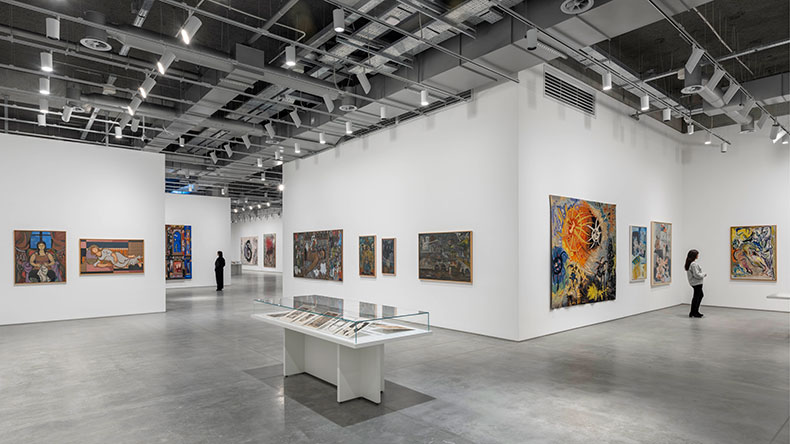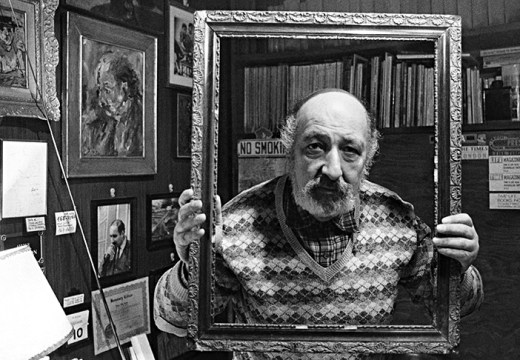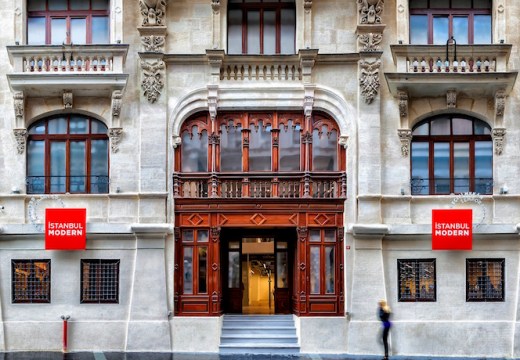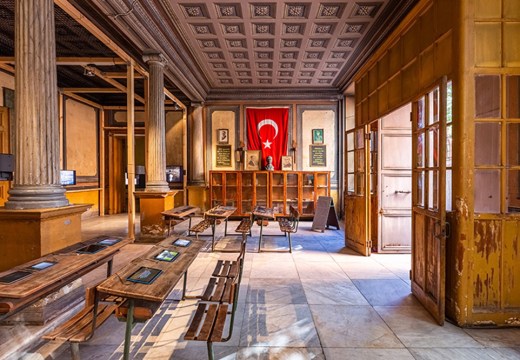The newly reopened Istanbul Modern looms over the Bosphorus, an inverted pyramid of glass and metallic cubes perched atop metal stilts. Designed by Renzo Piano, the building is a spectacular, sleek structure. The best moments I spend inside are when I catch the distinctive turquoise of the river through the windows and the silhouette of the old city behind it.
The Istanbul Modern, in its conception, is a vision for what Turkey could be, a symbol of modernity and cosmopolitanism. But it ultimately fails to represent the Turkey that is. In July 2016, two years before the old Istanbul Modern closed for the building work to begin, an attempted coup against Turkish president Recep Tayyip Erdogan led to a crackdown across Turkey on dissent and civil society – including on journalists, artists, writers, filmmakers, and other creatives. A year later, a constitutional referendum allowed Erdogan to vastly expand his powers, giving him and his conservative Justice and Development Party near-total control of the government and judiciary. In the years since, offences such as ‘insulting the president’ and ‘creating terrorist propaganda’ have been used to crush dissent and free expression. Little of this is acknowledged in the new museum.

Photo: Enrico Cano
The museum’s permanent collection is, admittedly, a remarkable archive of a century of Turkish art, since the founding of the Turkish Republic in October 1923. Housed in the southern wing of the new building, the collection includes paintings by Bedri Rahmi Eyüboğlu (1911–75) – dramatic departures, with their stark, geometric forms, from the Impressionism of Ottoman artists who came before him. Eyüboğlu was a key member of the D Group, founded in 1933, which applied art styles including cubism, modernism and expressionism to Turkish subjects. The group developed Turkish contemporary art by focusing on scenes and subjects from the country’s Anatolian heartland. This ideal was closely aligned with a central tenet of Kemalism – the ideology spearheaded by Turkey’s founder, Mustafa Kemal Atatürk – that the Anatolian citizen represented as important a part of the new republic as elites in Istanbul and Ankara. Also on view in the permanent collection are the remarkable photographs of the Magnum photographer Ara Güler (1928–2018), who became famous for his Istanbul street scenes and depictions of Turkish villages, as well as contemporary work by artists including Halil Altindere (b. 1971), who explores issues around Turkish identity and class, and Selma Gürbüz (1960–2021), whose paintings show mythical, hybrid creatures.
However, the century the collection draws from has been punctuated by turmoil and oppression. The art in Istanbul Modern’s collection makes little sense independent of the political moment in which it was made – but that is exactly how much of the more political art in the collection is presented. A striking example is a large-scale bisected canvas by the artist Erol Akyavas (1932–99). The painting, made in 1982 and titled Büyük Patlama (‘Big Bang’), depicts, with a splash of blood-red paint, a castle exploding. It is a violent image, for a violent time – completed two years after the military coup of 1980, at the height of the junta’s repression. During the coup and its aftermath, Ankara University, where Akyavas studied, was gripped by violence. Student demonstrators were killed and the faculties – including the political science faculty, of which Akyavas was a graduate – were purged of perceived leftist elements. No mention of this context is made in the museum.

Installation view of the ‘Floating Islands’ exhibition at Istanbul Modern. Photo: Cemal Emden
In the northern wing, across from the permanent collection, is the museum’s inaugural temporary exhibition, called ‘Floating Islands’. With more than 280 works by 114 artists, it seeks to pair Turkish art with similar works from around the world. By virtue of its comprehensive collection, the museum’s attempt to stake a claim for Turkish art in the broader narrative of art history is a valiant one: too long have the country’s artists gone largely unrecognised or dismissed. However, the impression left by the exhibition is largely aesthetic – visually and thematically similar pieces paired or grouped together. While this focus on the aesthetic is common to museums around the world, it feels particularly stark in Turkey’s current political context. Like much of the museum, the exhibition divorces the art from the historical and political moments in which it was created.
None of this is a condemnation of the curators, who have accomplished an impressive feat by opening a museum and displaying a collection of this scale in the midst of political and economic crisis. It seems as though words and pieces have had to be chosen carefully, so as not to trigger one of the many looming laws that could land either artist or curator behind bars. It all feels as though everything has been crafted so that Erdoğan can visit.
Which, in fact, he did last month. Erdogan and his wife, Emine, toured the museum on 19 May – a holiday known as the Commemoration of Atatürk, Youth and Sports Day. This was also six days after Erdogan prevailed over opposition candidate Kemal Kiliçdaroglu in the first round of the recent elections, and eight days before he was re-elected president in the second round of voting. At Istanbul Modern, he made a speech commemorating the holiday and the opening of the museum, striking a more conciliatory tone than in other recent speeches, in which he described the opposition as terrorists. And – much like the museum has had to – he paid tribute to a vision of Turkey that does not yet exist, while paying little heed to the country that does.
Erin O’Brien is a freelance journalist living and working in Istanbul.
Istanbul Modern is now open to the public. An official opening ceremony will take place on 20 June.
Unlimited access from just $16 every 3 months
Subscribe to get unlimited and exclusive access to the top art stories, interviews and exhibition reviews.














![Masterpiece [Re]discovery 2022. Photo: Ben Fisher Photography, courtesy of Masterpiece London](http://www.apollo-magazine.com/wp-content/uploads/2022/07/MPL2022_4263.jpg)
It’s time for the government of London to return to its rightful home